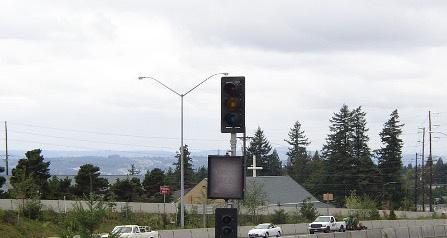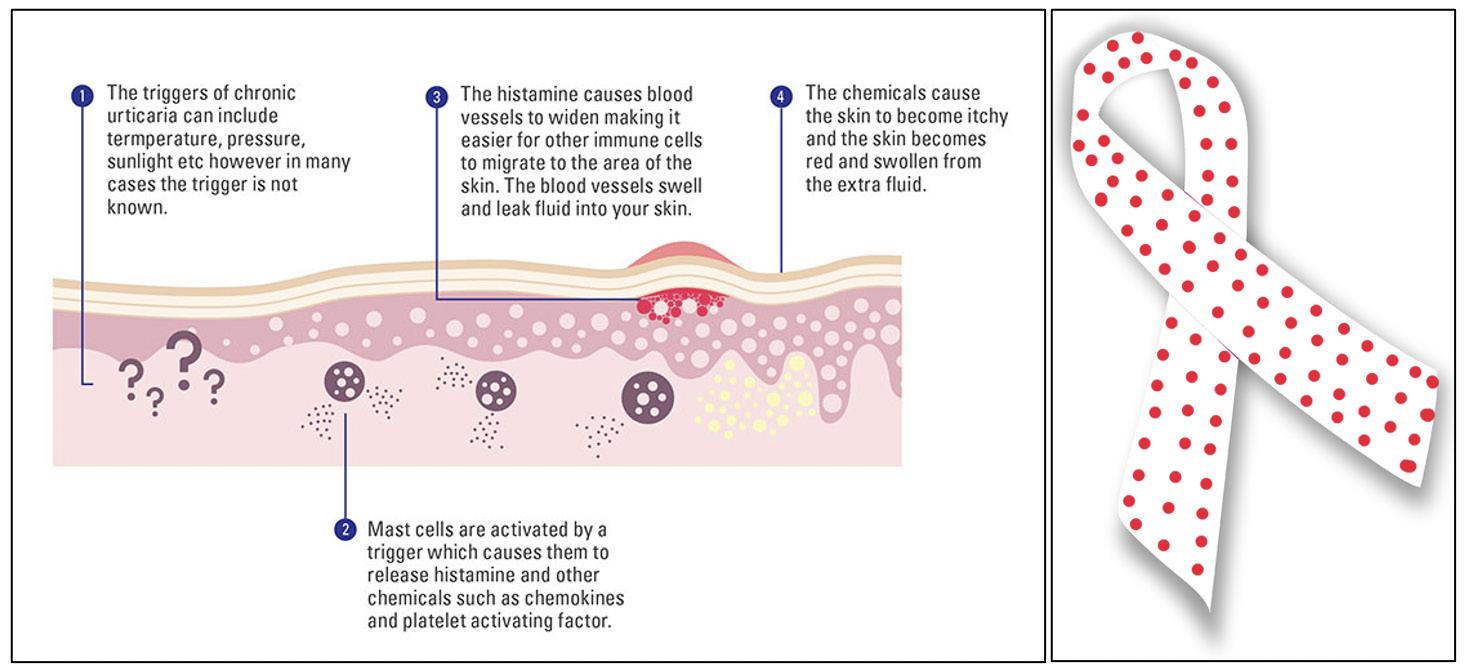
10 minute read
Shawn Yoon '25
Microbial Impacts from Climate Change
BY SHAWN YOON '25
Advertisement
Cover Image: Microbial species living in soil are bene cial to nutrient distribution but can be harmful in large proportions. Image Source: Paci c Northwest National Laboratory, Creative Commons License Introduction
Representative Carbon Pathways (RCP) visual models have been designed to predict the levels of carbon-induced warming by 2100. Industrial activity and government policies in the status quo do not limit carbon emissions to the extent that they would promote signi cant changes in global warming. e visual model currently has multiple pathways, or directions, ranging from 2.6 to 8.5, that the world could take depending on the changes in carbon emissions. RCP 2.6 would be the best outcome, with the world developing into one where emissions are net-negative. Currently, the model predicts an increase of up to 4 degrees Celsius along RCP pathway 8.5, the worst of the outcomes derived from current warming levels. is is a stark contrast from the best possible outcome, RCP 2.7, which predicts under 2 degrees Celsius total by 2100 (Moore et al., 2013). Such visual models are crucial in depicting the current trajectory of carbon emissions.
is is certainly cause for alarm. ese carbon sinks, abiotic storages of high amounts of carbon content, are aggravated by further warming. e result is greater releases of carbon into the atmosphere. is could create multiple positive feedback loops among several di erent carbon sinks, including the ocean, vegetation, atmosphere, and soil. Such feedback loops would entail the processes of increasing carbon dioxide in these sinks. With greater temperatures, the sinks release greater levels of carbon, resulting in an intensifying cycle over time. e most prominently researched sink remains the atmosphere, with the United Nations Environmental Commission requiring nations to set their own limits on greenhouse gas emissions. In its current state, soil as a sink stores 3000 petagrams (pg) of carbon (a third of the world’s carbon); in contrast, the atmospheric carbon dioxide levels reach around 600 pg. Storing immense amounts of carbon in the soil, the second largest sink behind oceans, is important to avoid unfavorable outcomes, such as RCP 8.5. For this to occur, researchers have suggested the carbon in the soil must be maintained or even increased in percentage (Pries et al., 2017). Unfortunately, the carbon from soils is prone to being emitted back into the atmosphere due to connectivity. As the atmosphere is connected directly to soils, along with oceans, carbon from respiration is deposited there. Mainly via soil respiration, the e ects of this emission to the atmosphere are greatly in uenced by the e ects of soil temperature, demonstrating how such carbon sinks act as a network (Reth et al., 2005). With optimal temperatures, microbes can better maintain homeostasis and respire to greater extents, increasing carbon dioxide emissions.

change cannot be emphasized enough. While the atmospheric levels of carbon dioxide are alarming in the status quo, and must certainly be addressed, the aerobic processes within the soil must also be recognized. Soil acts as a sink, storing carbon to a great extent, much like the oceans and the atmosphere. However, unlike these other sinks, carbon storage within the soil plays no active role in creating threats for humans. Carbon storage in all three major sinks presents clear challenges for humans and other lifeforms. Examples include the creation of smog or instigating the greenhouse e ect, or the acidi cation of the oceans which can force organisms out of their natural habitats (as seen in the phenomenon of coral bleaching) (Kumaraswamy, 2009). is further emphasizes the e ectiveness of soil as a carbon sink, and why it must be maintained, given the dire situation of decreasing biodiversity and ecological services of ecosystems brought by feedback loops because of climate change and warming temperatures. Understanding why soil horizons, the distinct layers of soil, act as such an e ective sink and how they can be sustained is key to discussing positive feedback loops induced by global warming. Microbial respiration has been found to decrease as depth of soil horizons increases, with 30% of respiration occurring in the top layers. However, given the amount of soil mass on the Earth’s surface, the soil carbon content cannot be undermined (Fang & Moncrie ,2005).
Microbial Activity in Soil
While carbon can be removed from the soil through anthropogenic means, such as fracking or fossil fuel mining, this article focuses on the natural processes that drive emission from soil layers without human in uence. ese include microbial activity. Microbes, speci cally mycorrhizal microbes, within the soil are responsible for aerobic respiration, which takes nutrients and organic material from top layers of the soil and re-releases carbon back into the atmosphere upon digestion. is respiration is like the aerobic processes of plants and animals, in which organisms take in oxygen from the atmosphere and convert it into carbon dioxide that is released into the environment. It must be noted that most of the ecosystem respiration takes place within the soil (Ryan & Law, 2005). Such processes by soil are easily noticeable through the processes of decomposition, which is a key indicator of soil respiration. Microbes responsible for decomposition are found in areas with varying soil organic material (SOM), as soil carbon is mainly derived from decomposing ora and fauna or carbon leaching from organisms living within the soil horizons. Given that this varies by biome, levels of decomposition and respiration vary by location. Temperature is crucial for the homeostasis of microbes living within soil. It can also create physical barriers. For example, tundra and boreal biomes have less microbial productivity than temperate deciduous forests or tropical rainforests, given this variance in organic carbon within the toplayers of soil (Raich, 2000). us, microbes are dormant in colder conditions. Unable to access decomposing material, their respiration is greatly limited compared to warmer biomes with higher decomposition rates from higher temperatures. Frozen or rocky soils can also
Image 1: Estimated changes in temperature under RCP pathway 8.5.
Image Source: Wikimedia Commons
Image 2: Image of microbes within soil under a microscope. Image Source: Ohio State University, Creative Commons License prevent microbes from accessing this carbonrich matter. Furthermore, SOM tends to be higher in agricultural climates, due to increased substrate and nutrient supplies from plants to the soil. is would suggest that heterotrophic respiration, emissions of carbons from metabolic processes of organisms, from plants and the soils are heightened during growing seasons, demonstrating the e ect of climate on microbial respiration (Kou et al., 2007). e main di erence between these biomes and microclimates leads to the next segment on soil respiration: the e ects of warming on microbial respiration.
E ects of Soil Microbes on Biomes
Moderate levels of microbial respiration are key to creating productive ecosystems by distributing nutrients via processes of decomposition. Research has found that respiration cycles are critical in recycling the carbon and nitrogen used in plant processes in wooded and grassland communities (McCulley et al., 2004). While moderate respiration is important for maintaining high levels of primary productivity of ecosystems, excessive soil respiration leads to unbalanced levels of carbon dioxide in the atmosphere. is is especially alarming since anthropogenic in uences are already contributing to high levels of carbon within the atmosphere through various industrial activities. Such warming from greenhouse gases may have disastrous e ects on soil carbon emission. Greater warming within the soil from warmer atmospheres leads to higher optimum temperatures for microbes, which are usually dormant in colder temperatures. Positive feedback loops are intensi ed: soils release carbon dioxide, this acts as a greenhouse gas and warms the soil, and eventually leads to greater microbial respiration within the soil. is e ect is intensi ed especially with the thawing of permafrost soils, unfreezing soil that has largely kept microbes dormant from respiration in colder boreal regions. due to global warming, Experiments conducted by Caitlyn Pries, current professor of ecology at Dartmouth College, and her team found that tundra ecosystems were losing carbon uptake capacity that existed ten thousand years ago since the Holocene, the period including the past 11,700 years, upon melting layers that were previously frozen. Reduction of carbon stock within deeper, frozen layers ceased upon measurements using radiocarbon dating, indicating the necessity of mitigating the e ects of climate change on soil respiration (Pries et al., 2012).
Conclusion
ere is a considerable need to address the issue of soil respiration, considering that global warming is only exacerbating the e ects of emission of carbon dioxide into the atmosphere from the soil horizons. Developing a deeper understanding of how to control soil respiration and SOM will be key towards curbing the contribution of carbon dioxide, especially considering that twice the carbon content of the atmosphere is present within the top meter of soils (Rustad et al., 2000). Research by Dartmouth professor Caitlin Pries on the whole-soil carbon ux (carbon respiration from all soil layers) shows that if climate change follows the path of projected model RCP 8.5 with an increase of 4 degrees Celsius, soil respiration could increase by anywhere from 34 to 37% (Pries et al., 2017). Before we reach this point, the topic of soil respiration must be addressed, especially in its relations to areas of higher temperatures and vegetation. Given the correlational relationship of microbial respiration and atmospheric carbon


levels, it may be ideal to rst curb the emissions of greenhouse gases to slow the e ects of positive feedback loops aggravating respiratory levels. Directly dealing with means to counteract carbon respiration by recognizing such areas of high microbial activity could also o er means of dealing with several carbon sinks at once, providing solutions to dealing with the issue of the carbon ux.
References
Fang, C., & Moncrie , J. B. (2005). e variation of soil microbial respiration with depth in relation to soil carbon composition. Plant and Soil, 268(1/2), 243–253. http://www.jstor.org/ stable/24124489
Kou, T., Zhu, J., Xie, Z., Hasegawa, T., & Heiduk, K. (2007). E ect of elevated atmospheric CO2 concentration on soil and root respiration in winter wheat by using a respiration partitioning chamber. Plant and Soil, 299(1/2), 237–249. http://www.jstor.org/stable/24127961 Kumaraswamy, S. (2009). Soil as a source and/or sink for carbon. Current Science, 96(5), 634–634. http://www.jstor.org/stable/24104547
McCulley, R. L., Archer, S. R., Boutton, T. W., Hons, F. M., & Zuberer, D. A. (2004). Soil Respiration and Nutrient Cycling in Wooded Communities Developing in Grassland. Ecology, 85(10), 2804–2817. http://www.jstor.org/ stable/3450439
Moore, J. K., Lindsay, K., Doney, S. C., Long, M. C., & Misumi, K. (2013). Marine Ecosystem Dynamics and Biogeochemical Cycling in the Community Earth System Model [CESM1(BGC)]: Comparison of the 1990s with the 2090s under the RCP4.5 and RCP8.5 Scenarios. Journal of Climate, 26(23), 9291–9312. http://www.jstor. org/stable/26193475
Pries, Caitlin E. Hicks, et al. “Holocene Carbon Stocks and Carbon Accumulation Rates Altered in Soils Undergoing Permafrost aw.” Ecosystems, vol. 15, no. 1, Springer, 2012, pp. 162–73, http:// www.jstor.org/stable/41413975. Pries, Caitlin E. Hicks, et al. (2017). e WholeSoil Carbon Flux in Response to Warming. Science, vol. 355, no. 6332, 2017, pp. 1420–1423., https://doi.org/10.1126/science.aal1319. Raich, J. W., & Tufekcioglu, A. (2000). Vegetation and Soil Respiration: Correlations and Controls. Biogeochemistry, 48(1), 71–90. http://www.jstor. org/stable/1469553 Reth, S., Reichstein, M., & Falge, E. (2005). e e ect of soil water content, soil temperature, soil pH-value and the root mass on soil CO2 e ux – A modi ed model. Plant and Soil, 268(1/2), 21–33. http://www.jstor.org/stable/24124471
Rustad, L. E., Huntington, T. G., & Boone, R. D. (2000). Controls on Soil Respiration: Implications for Climate Change. Biogeochemistry, 48(1), 1–6. http://www.jstor.org/stable/1469549
Ryan, M. G., & Law, B. E. (2005). Interpreting, Measuring, and Modeling Soil Respiration. Biogeochemistry, 73(1), 3–27. http://www.jstor. org/stable/20055185
Image Source: NRDC, Creative Commons License










